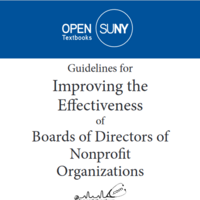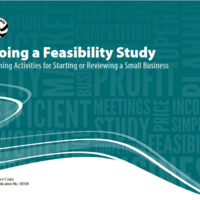Search
Books+
Searching 1,730 books
Search related to the career Human Resources Manager
Evaluating Employee Performance
When it comes to evaluating employee performance, there are several key steps you can follow to ensure a fair and effective assessment. Here's a breakdown of the process:
1. Set Clear Expectations:
Establish clear performance expectations and goals for each employee. These expectations should be specific, measurable, achievable, relevant, and time-bound (SMART goals). Clearly communicate these expectations to your employees.
2. Regular Feedback:
Provide ongoing feedback to your employees throughout the evaluation period. Offer constructive criticism and praise when appropriate. This helps employees understand their strengths and areas for improvement.
3. Objective Criteria:
Develop objective criteria to evaluate employee performance. These criteria should be based on job descriptions, key performance indicators (KPIs), and any other relevant metrics. Ensure that the criteria are fair, consistent, and aligned with organizational goals.
4. Performance Appraisal:
Conduct a formal performance appraisal at regular intervals (e.g., annually, semi-annually, quarterly). During this appraisal, assess each employee's performance against the established criteria. Use a rating scale or other evaluation methods to quantify performance levels.
5. Documentation:
Maintain proper documentation of employee performance throughout the evaluation period. This documentation should include records of achievements, areas for improvement, and any notable incidents. This helps in providing accurate and specific feedback during performance discussions.
6. Two-Way Communication:
Encourage open and honest communication during performance evaluations. Allow employees to share their perspectives, challenges, and aspirations. This dialogue fosters mutual understanding and helps identify opportunities for growth and development.
7. Development Plans:
Based on the evaluation results, collaborate with employees to create individual development plans. These plans should outline specific actions and resources needed to enhance performance and achieve career goals.
8. Follow-Up:
Regularly follow up on the progress of employees' development plans. Provide support, resources, and guidance as needed. This demonstrates your commitment to their growth and helps them stay on track.
Remember, the evaluation process should be fair, transparent, and focused on continuous improvement. By following these steps, you can effectively evaluate employee performance and contribute to a positive and productive work environment.
Source: Various AI tools
Vocational skills
Searched in English.














